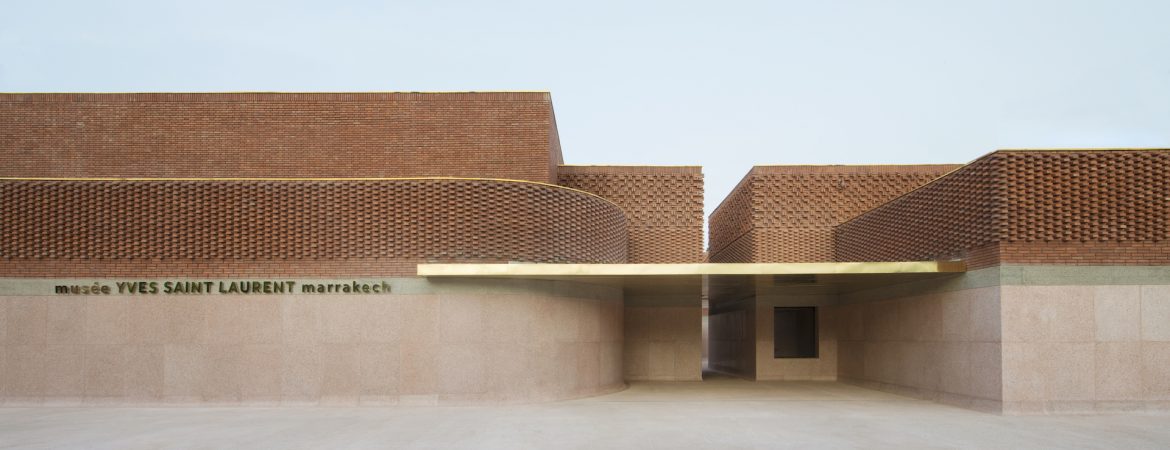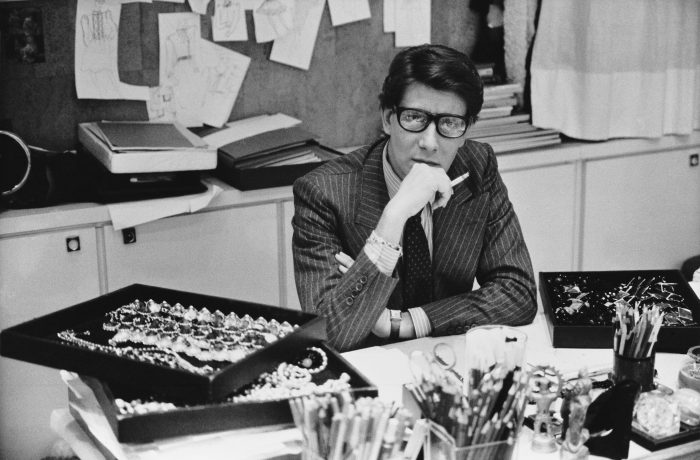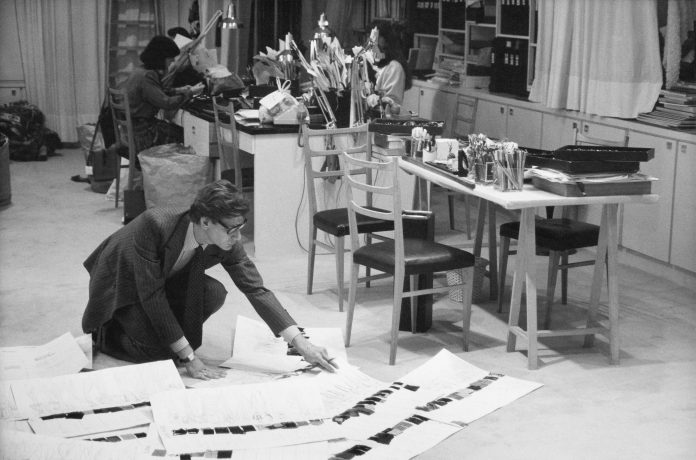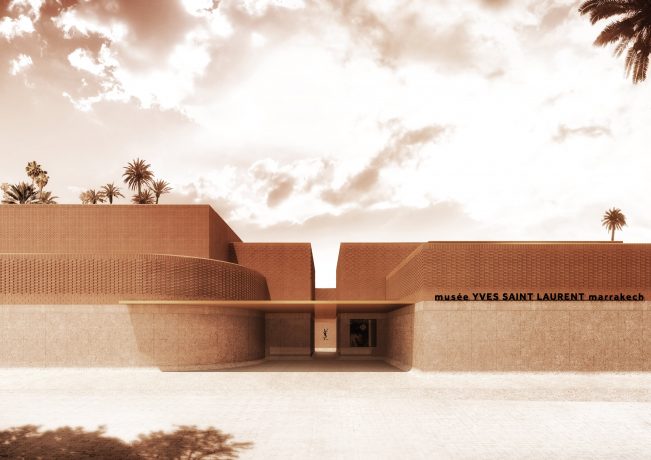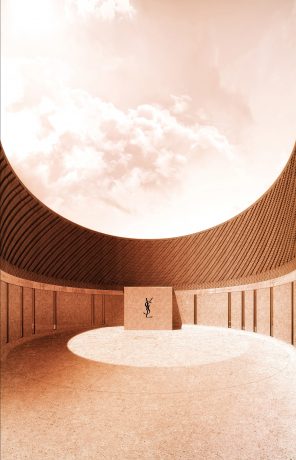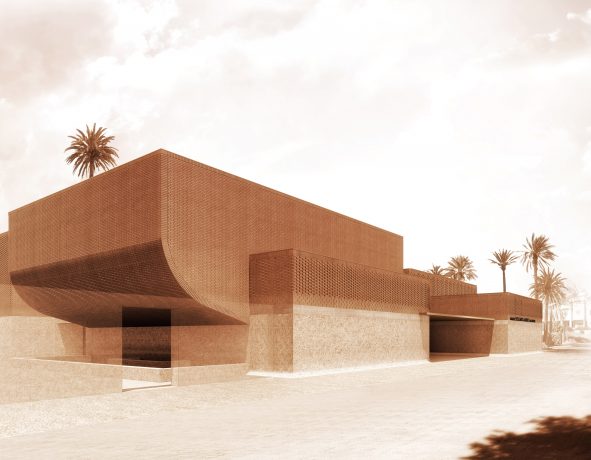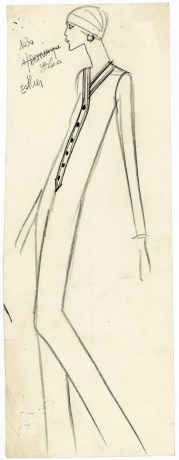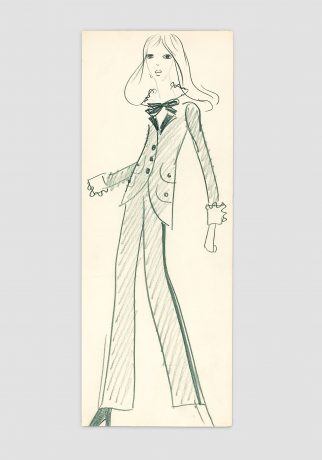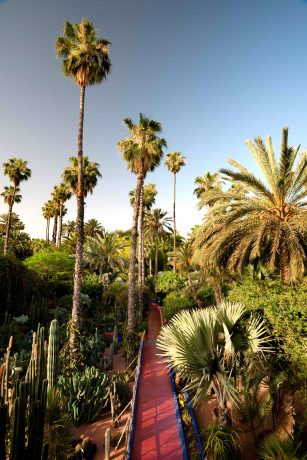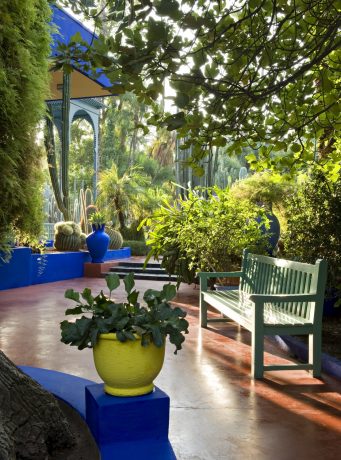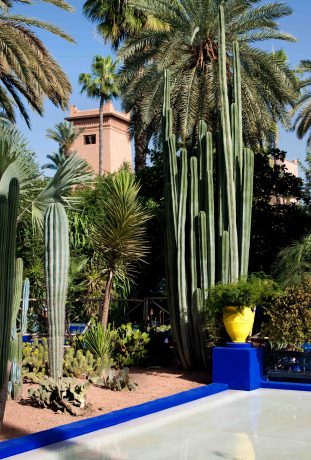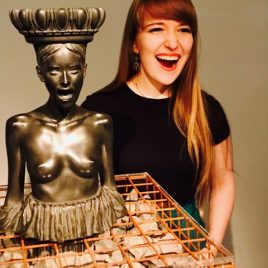
Yves Saint Laurent was born and brought up in Algeria, thrived as an artist and rose to fame in Paris, but it was Morocco that became his creative retreat, a place that fired his imagination and inspired the great designer. So, it is only fair that his museum is opening in Marrakech in autumn 2017.
The location of Jardin Majorelle is not accidental, Yves Saint Laurent and his partner Pierre Bergé acquired the land and the house of the French painter Jacques Majorelle in 1980, thus saving it from becoming a real estate project. The couple brought the garden back to life, opened the nation's first Berber museum, and today Jardin Majorelle draws more than 700 000 visitors each year. Even more will come to visit the Musée Yves Saint Laurent Marrakech (mYSLm) with a selection of Fondation Pierre Bergé – Yves Saint Laurent impressive collection that amounts to 5 000 items of clothing, 15 000 haute couture accessories as well as tens of thousands of sketches and assorted objects. The museum will also host be a temporary space for exhibitions beyond YSL, as well as a seated area for concerts, film screenings and symposiums, a library of 5 000 books on fashion, Yves Saint Laurent and Berber culture.
The new museum was designed by the French architectural firm Studio KO founded by Olivier Marty and Karl Fournier. They have created something more than a building, it is rather a sensation of the city mixed with an impression of Yves Saint Laurent design - YSL dress translated into stone.
“We tried to express our love for Morocco through materials, opacity. And we paid tribute to Yves Saint Laurent’s work by composing our building like a cloth.”
Olivier Marty, architect.
Built of terracotta bricks, concrete and an earthen colored terrazzo, the museum is a stark contrast to the divine ultramarine blue of Jardin Majorelle. It underlines the intricacy of designs by Yves Saint Laurent, who stood with one foot in France, and the other in North Africa. The façade is composed of cubic forms with a lace-like covering of bricks, creating patterns that recall the weft and warp of fabric. As with the lining of a couture jacket, the interior is radically different: velvety, smooth and luminous; mYSLm harmoniously blends with surroundings, it is literally a part of the city – the bricks that embellish the façade were made from Moroccan earth and produced by a local supplier. Pierre Bergé chose Studio KO without any preliminary sketch, he noted: “Their clean, uncluttered style recalls Saint Laurent's work.”


“We designed the building like one would cut fabric for a dress, by composing curves and lines, in the fashion of the working drawings, white traced on black paper, that we discovered in the designer's workshops and archives.”
Olivier Marty, architect.


The minimalist approach expanded to the landscaped areas at the Musée Yves Saint Laurent Marrakech, in line with two longstanding principles advocated by the Fondation Jardin Majorelle: the promotion of water conservation and the planting of ecologically responsible varieties. The museum will inspire visitors to take an alternative look at what defines or constitutes a garden, reminding us to be environmentally friendly.
The museum’s café, Le Studio, designed by Yves Taralon, is also characterized by the simple, understated design. The materials remind of the calm and intimate setting of the couturier workspace. The pale-colored wood, the wicker furniture, saffron color brightens create a warm and cozy feel. It is a place one retreats to after the emotional impact of the museum. Le Studio will offer traditional Moroccan and inventive French dishes from local ingredients.

The Marrakech of Yves Saint Laurent and Pierre Bergé’s youth is a far cry from the Marrakech of today. Back then it was almost a secret destination, ready to be rediscovered by tourists. Yves Saint Laurent and Pierre Bergé were the first to fall in love with the city, its vibrancy of colors, its freedom and sophistication, its cuisine, artisans, culture, and refined architecture. The Museum will further explore the great couturier love to Morocco and will allow us to take a voyage to the heart of YSL’s work.

